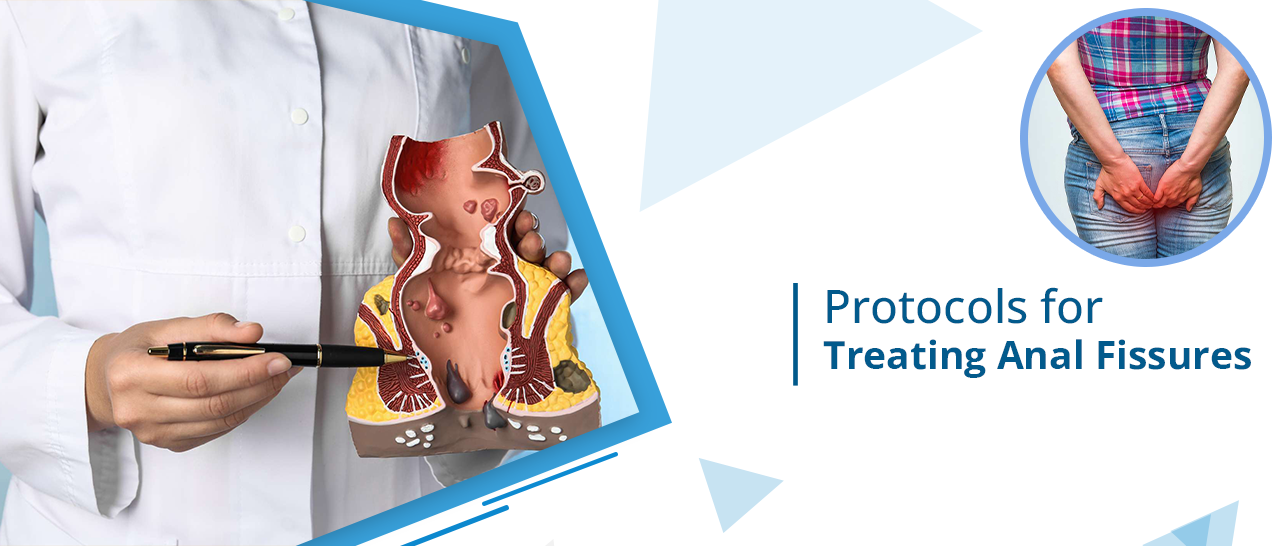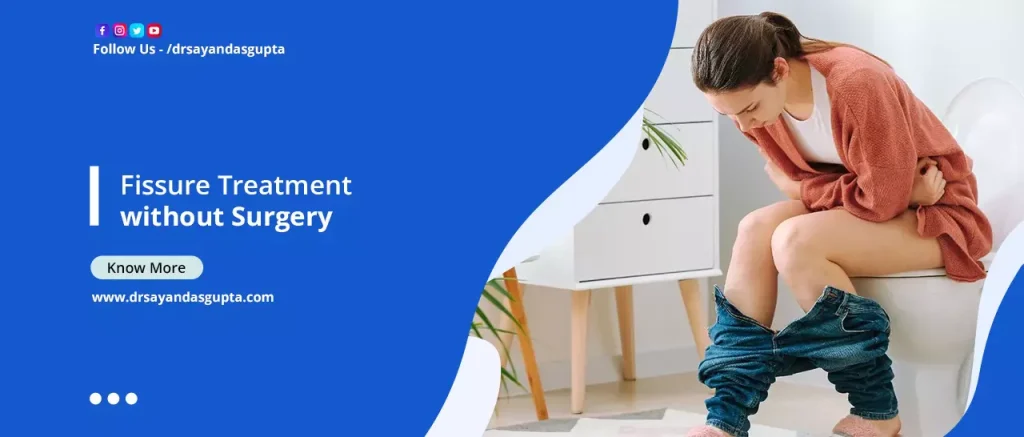Anal fissures are very common and affecting all age groups nowadays. Most cases get better with nominal treatments like sitz baths and increased fiber intake. Some people who experience quite severe symptoms may require pharmaceutical medications or sometimes surgery.
Now, before we get started with the treatment protocols of anal fissures, it’s worth knowing what exactly anal fissures are and what major risk factors are.
Risk Factors of Anal Fissures
Factors that may help increase the risks of developing anal fissures include –
- Chronic constipation – straining during defecation and passing large and hard feces increase the risk of tearing.
- Childbirth – forcing during childbirth often causes anal fissures in women after they give birth.
- Age – though anal fissures may affect all age groups; they are more common in middle-aged adults.
- Crohn’s disease – this is an inflammatory bowel disease that often increases the susceptibility of tearing in the lining of the anal canal.
What are Anal Fissures?
Anal fissures are typically tears in the mucosa, thin moist tissue, lining the anus. Generally, anal fissures occurred when large and hard stool passes during defecation. Anal fissures usually cause bleeding and pain during a bowel movement. Some patients may experience spasms in the anal sphincter.
Protocols of Treating Anal Fissures-
Prevention for Anal Fissures
Prevention is always better than cure. A large number of anal fissure cases can easily be prevented by simply taking measures to prevent diarrhea and constipation. Taking high-fiber foods, drinking adequate fluids, and having a regular exercise plan can promote easy bowel movements and reduce the risks of developing anal fissures.
Anal fissures often cure within a few days or weeks by taking these preventive measures. Besides, taking sitz baths for 15 to 25 minutes after evacuation may relax the anal muscles and promote healing. If symptoms persist, further medical attention may require.
Nonsurgical treatment options
Here’re a few nonsurgical treatment options, but not limited to –
- Nitroglycerin (Rectiv) – external application of nitroglycerin may improve blood flow in the tearing part and helps to heal faster. It also helps to relax the anal sphincter. Nitroglycerin is often considered as a treatment of choice while other conservative options fail. Adverse effects may include a severe headache.
- Anesthetic creams – anesthetic creams such as Xylocaine (lidocaine hydrochloride) can be applied topically for immediate pain relief.
- Botox injection – botulinum toxin, commonly known as Botox, type A injections are helpful to relax spasms of the anal sphincter muscle.
- Blood pressure medicines – certain blood pressure medications such as diltiazem or oral nifedipine can be helpful for relaxing the anal sphincter especially when nitroglycerin causes severe side effects or is not effective.
Anal fissure surgery
If someone has a chronic anal fissure and not responding to other treatments, or the symptoms are severe, doctors may recommend surgery. Doctors usually suggest a surgical procedure named lateral internal sphincterotomy (LIS) in which a small portion of the muscle is cut to reduce pain and spasm and enhance the healing process.
Studies have found that surgery is much more effective for treating chronic anal fissures compared to other non-surgical treatment options. But surgery has a rare chance of causing incontinence.
Final Words
Dr. Sayandev Dasgupta is one of the most sought-after general and laparoscopic surgeons in Kolkata with experience of over 30+ years. His expertise covers any type of general surgeries including anal fissure surgeries. Contact Dr. Dasgupta’s clinic to book an appointment.






